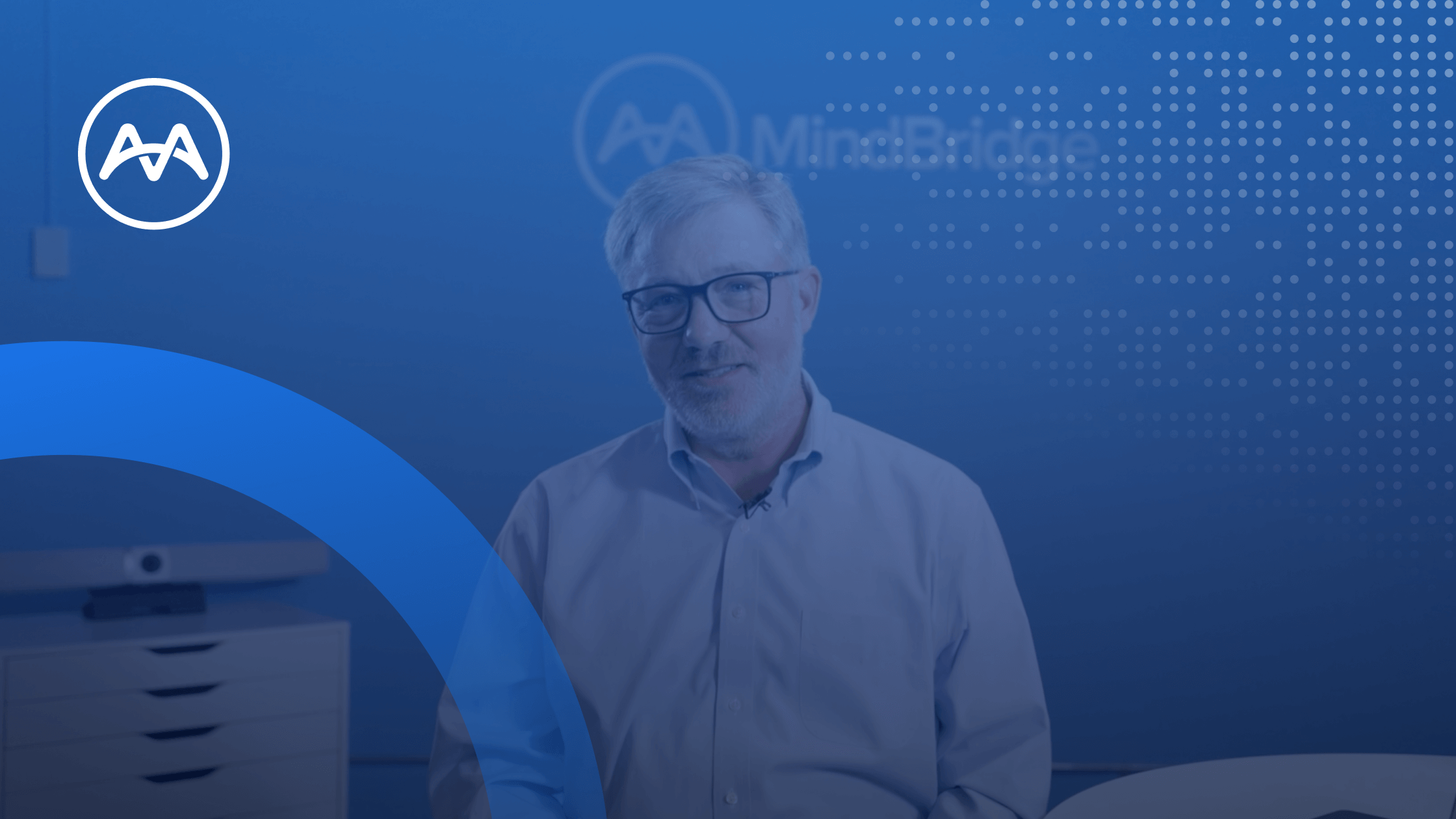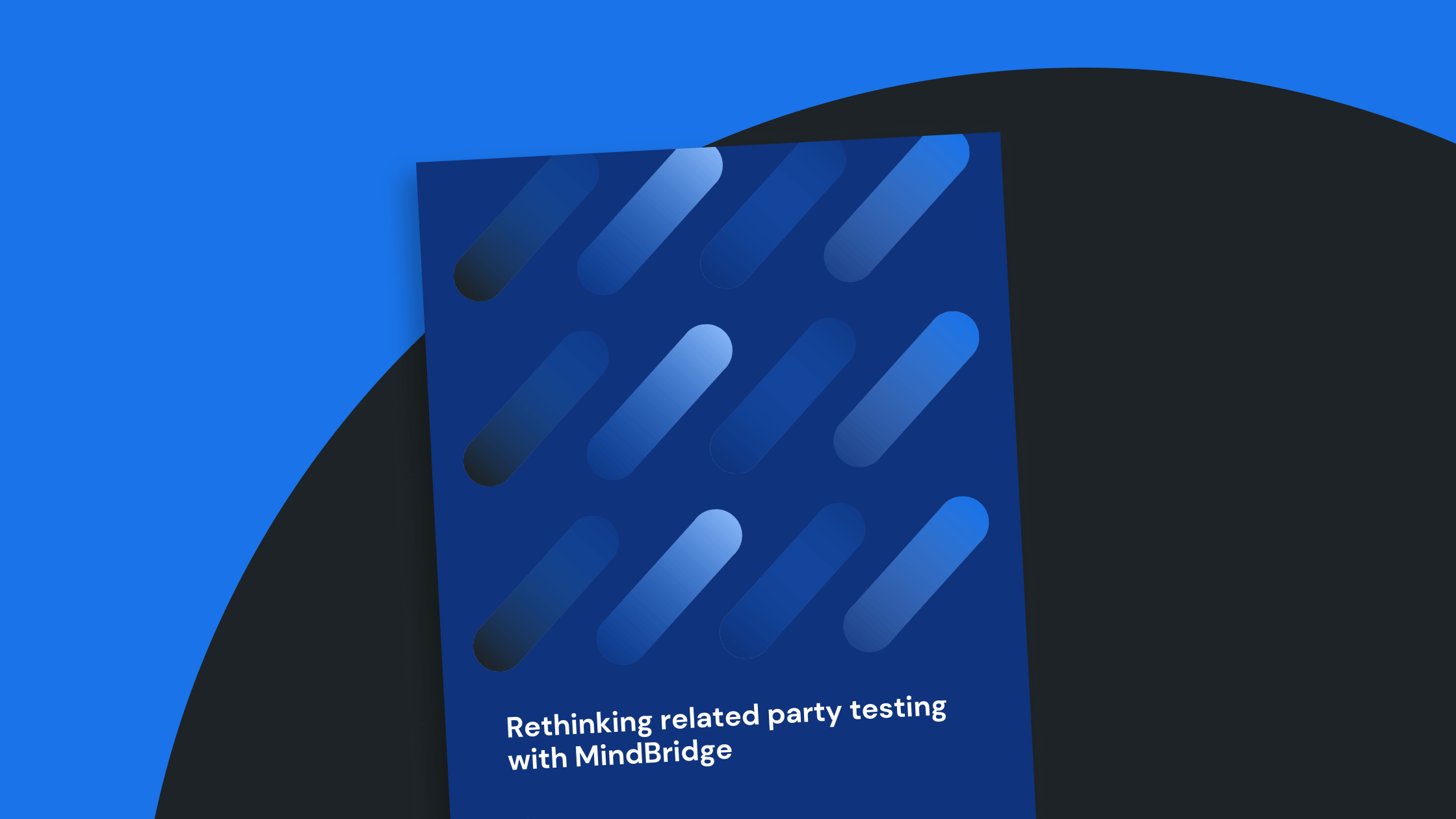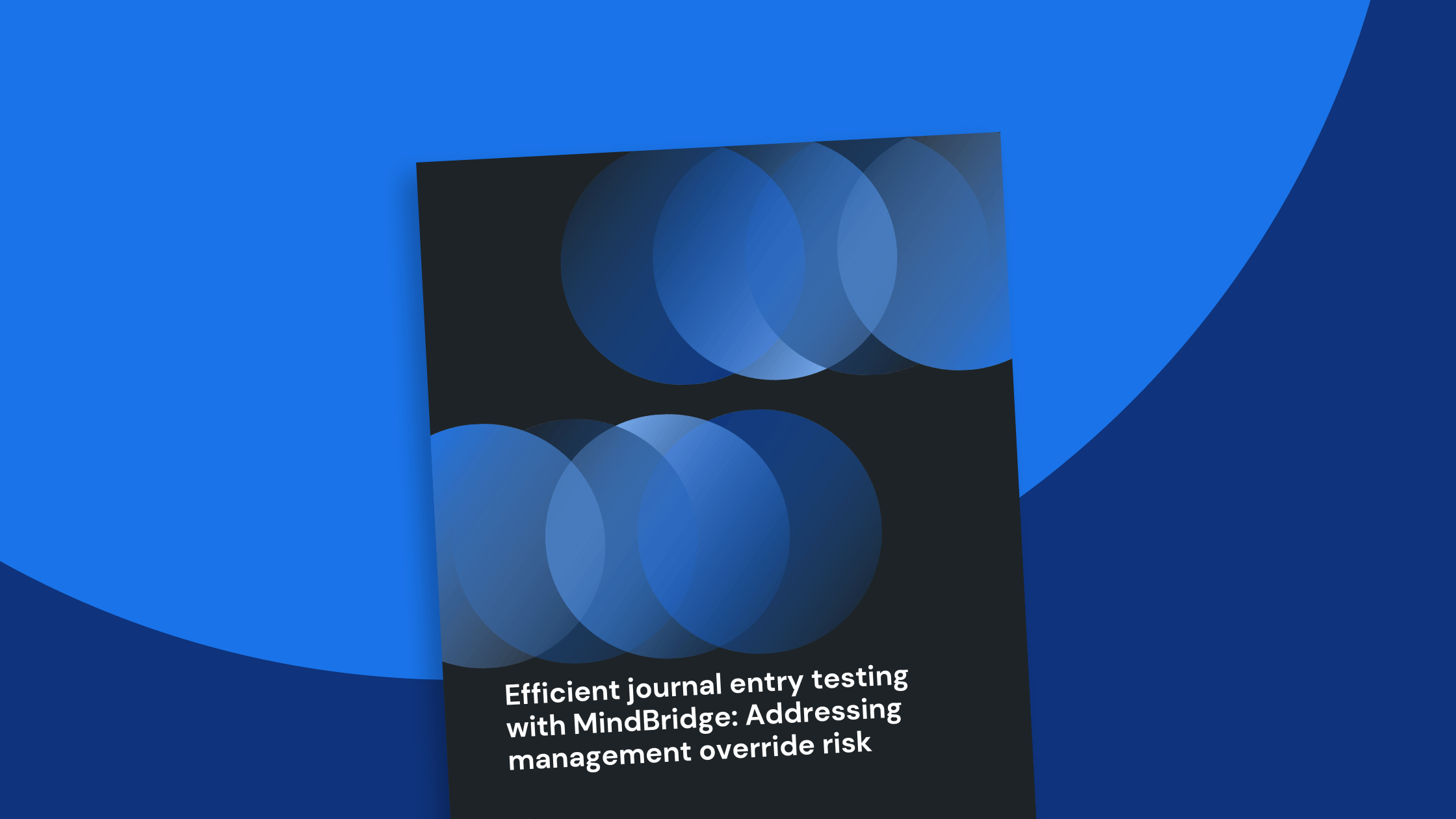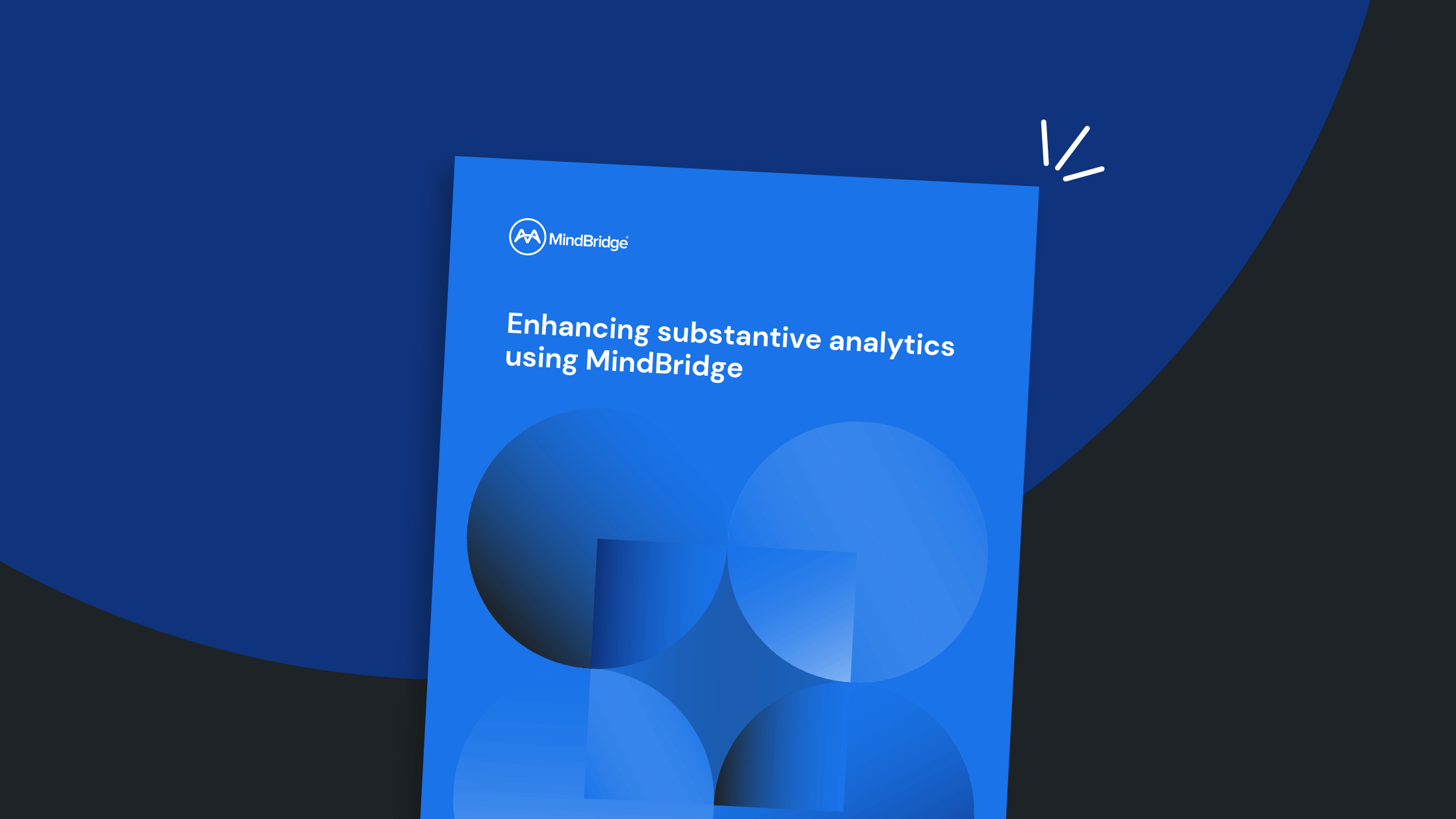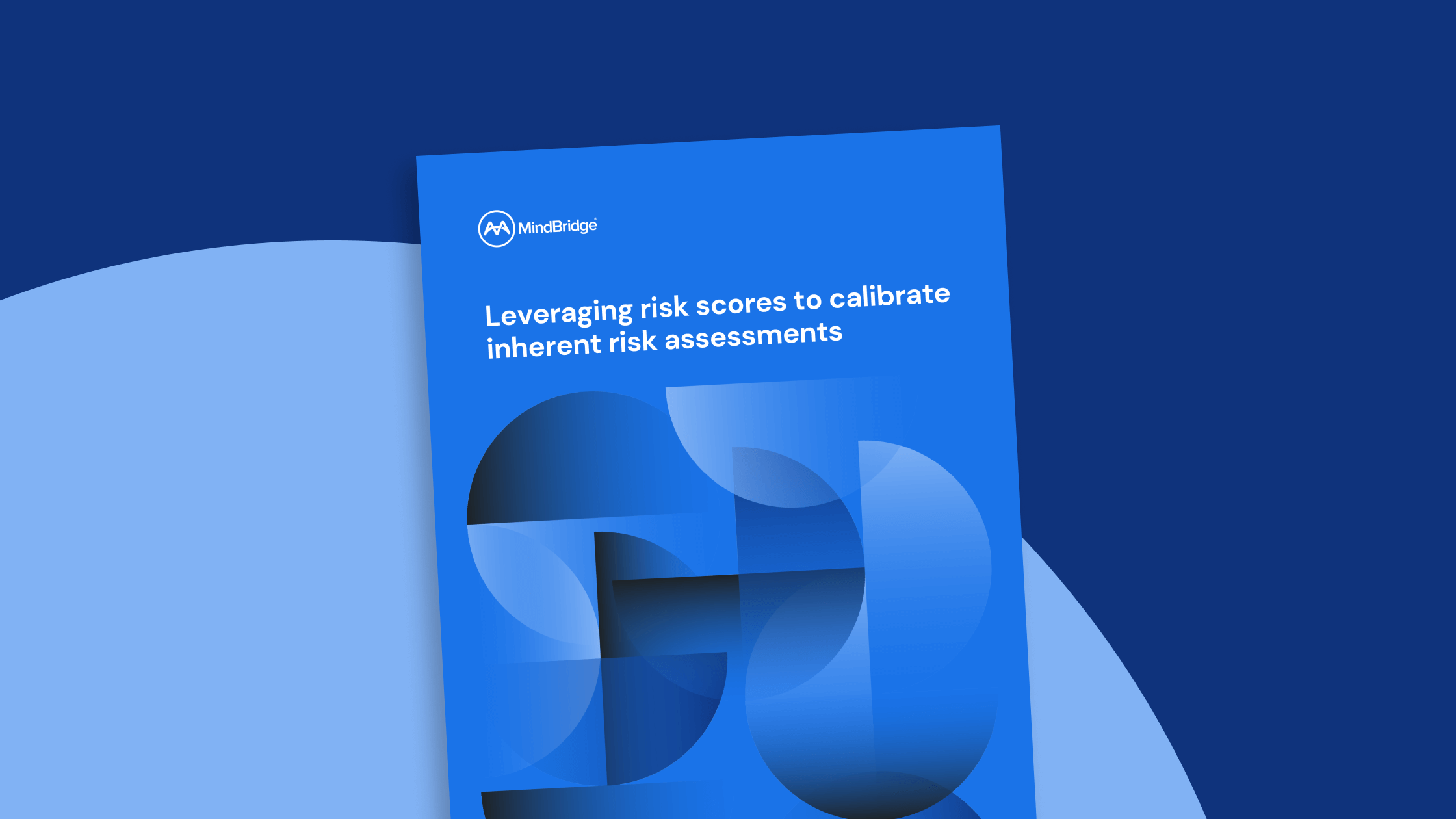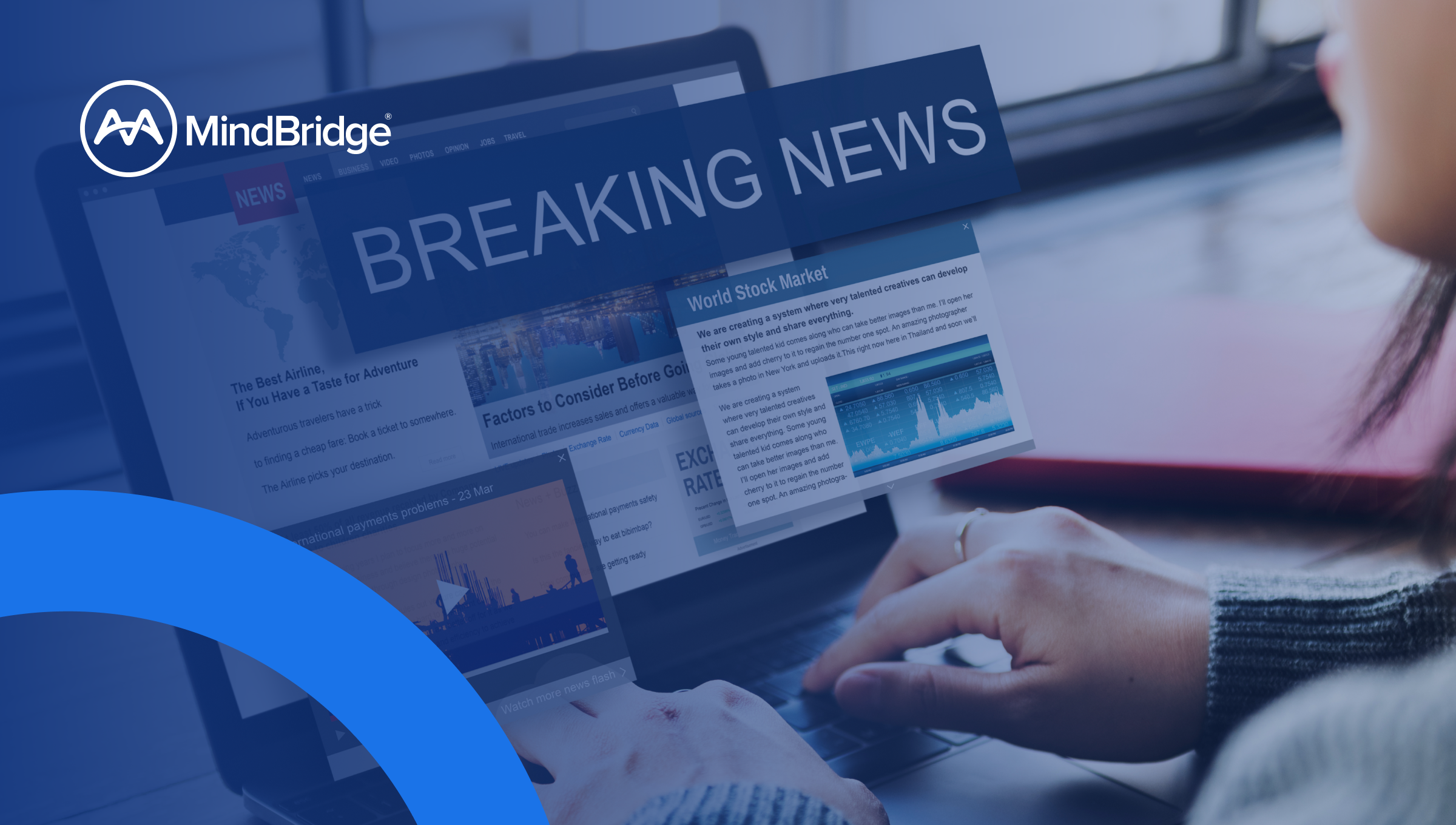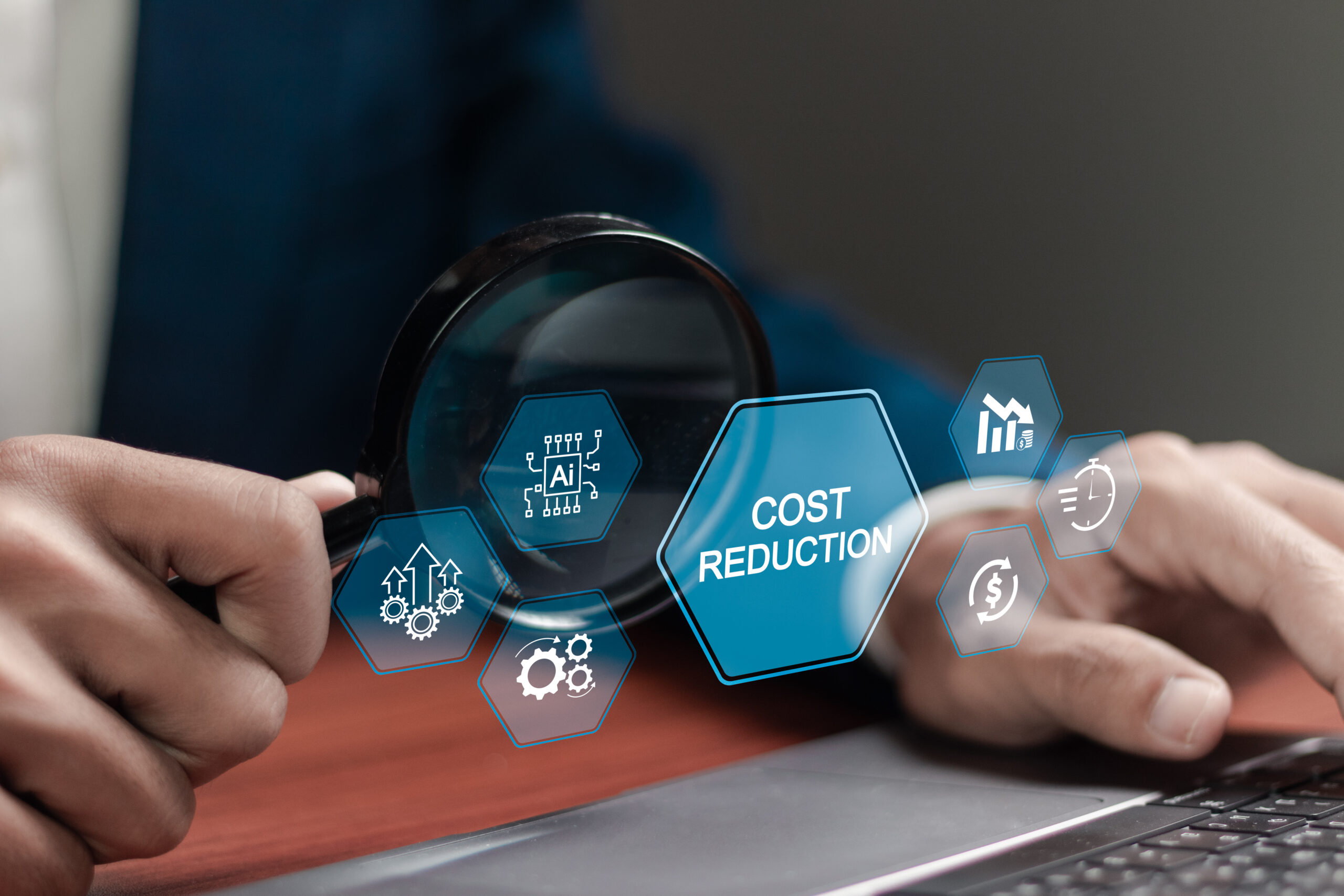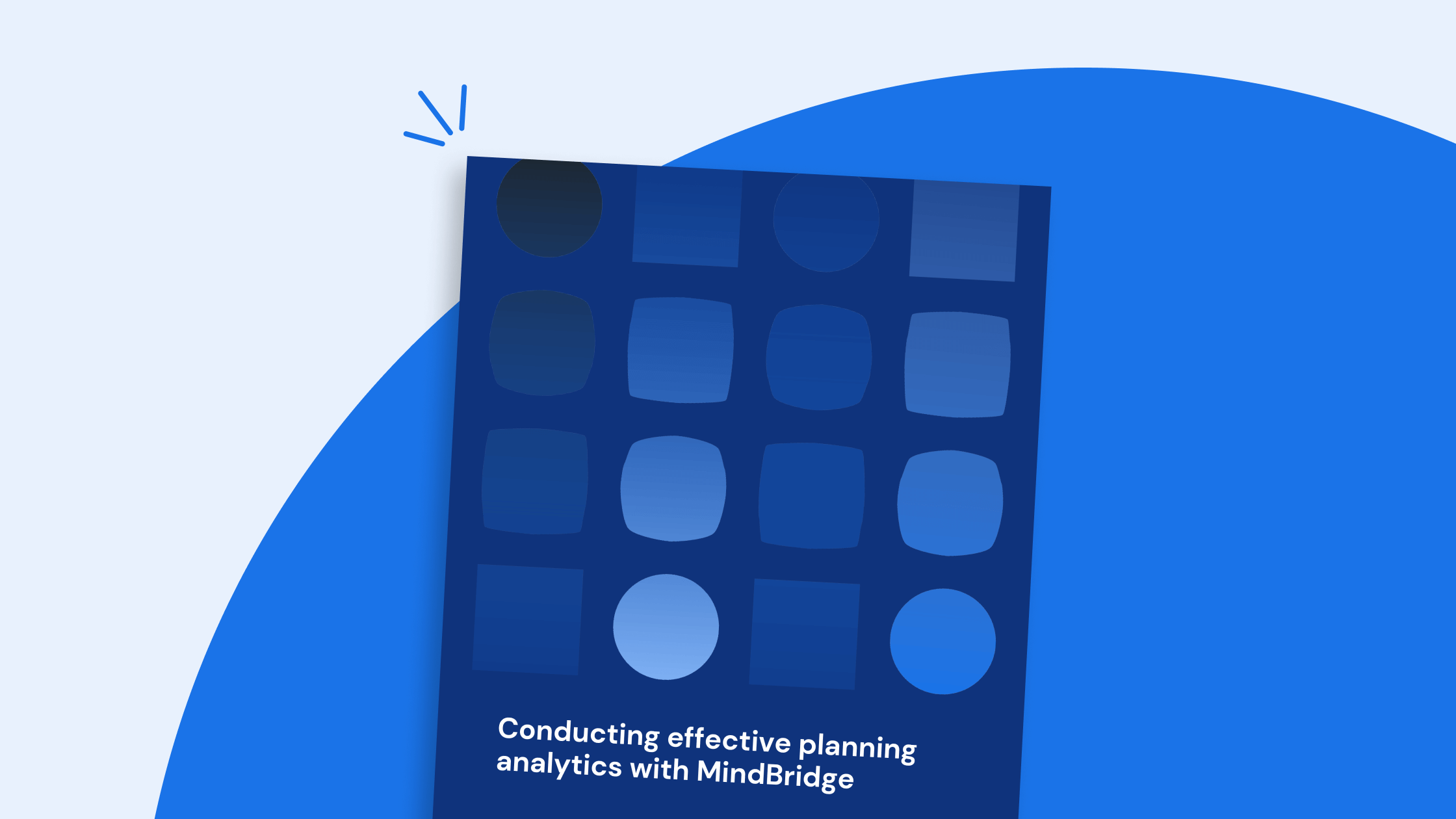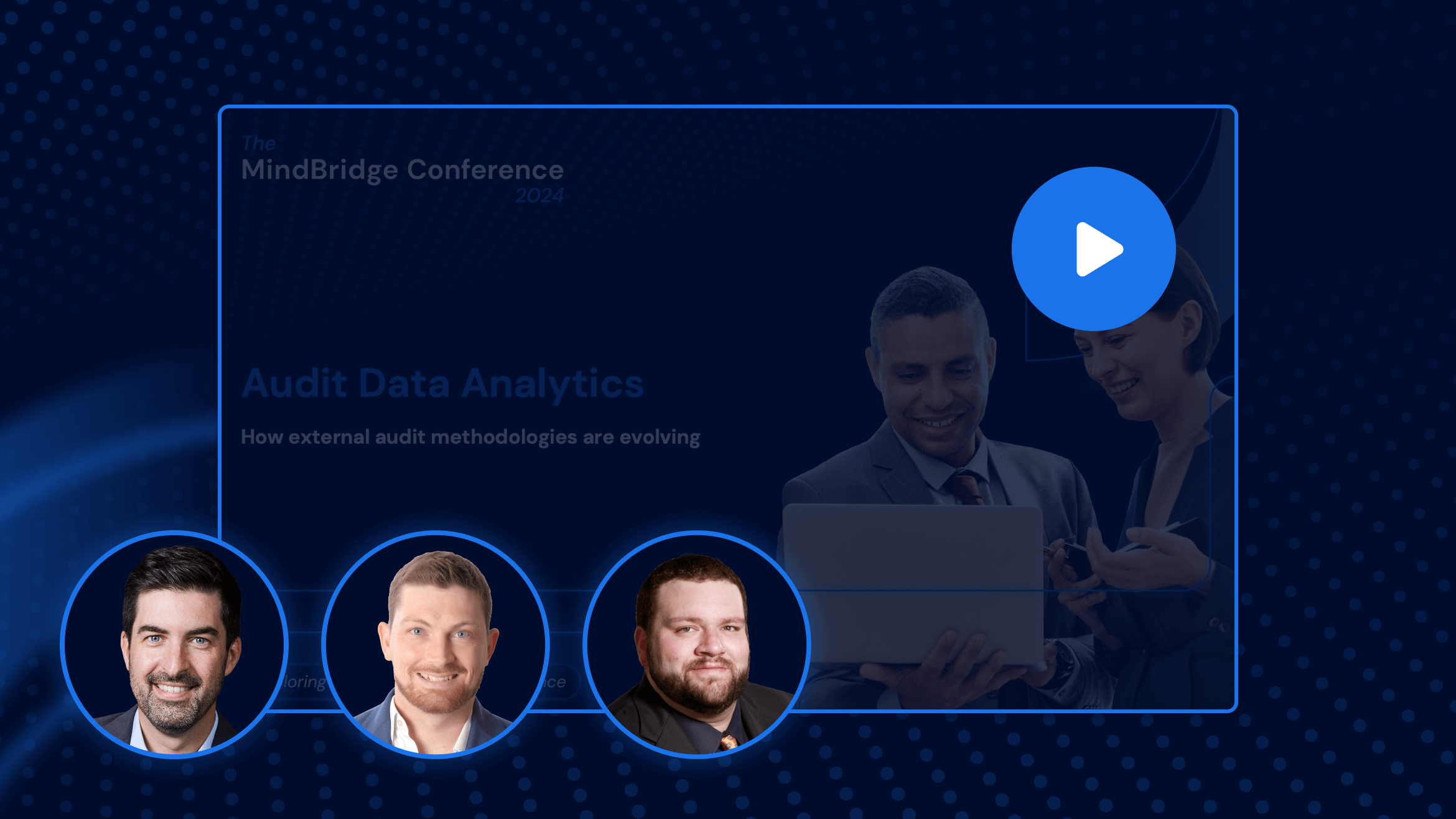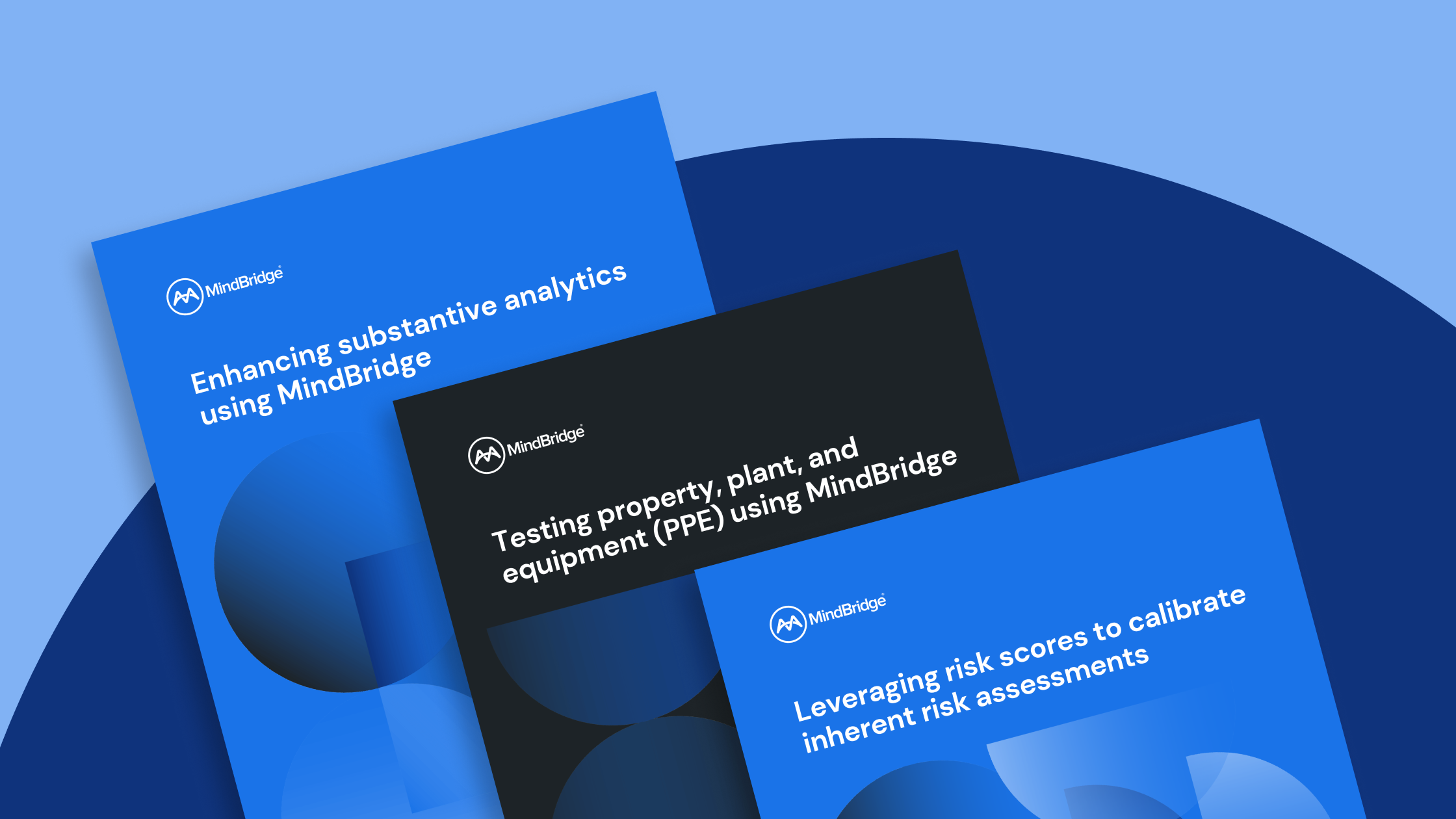Why Traditional Auditing Falls Short—and How AI is Changing the Game
For decades, financial audits have relied on sampling—a method where auditors review only a small subset of transactions to determine overall compliance. But in an era where data is abundant, is that really enough? MindBridge CEO Stephen DeWitt puts it into perspective: “That would be like your entire medical future being determined by a single … Read more



